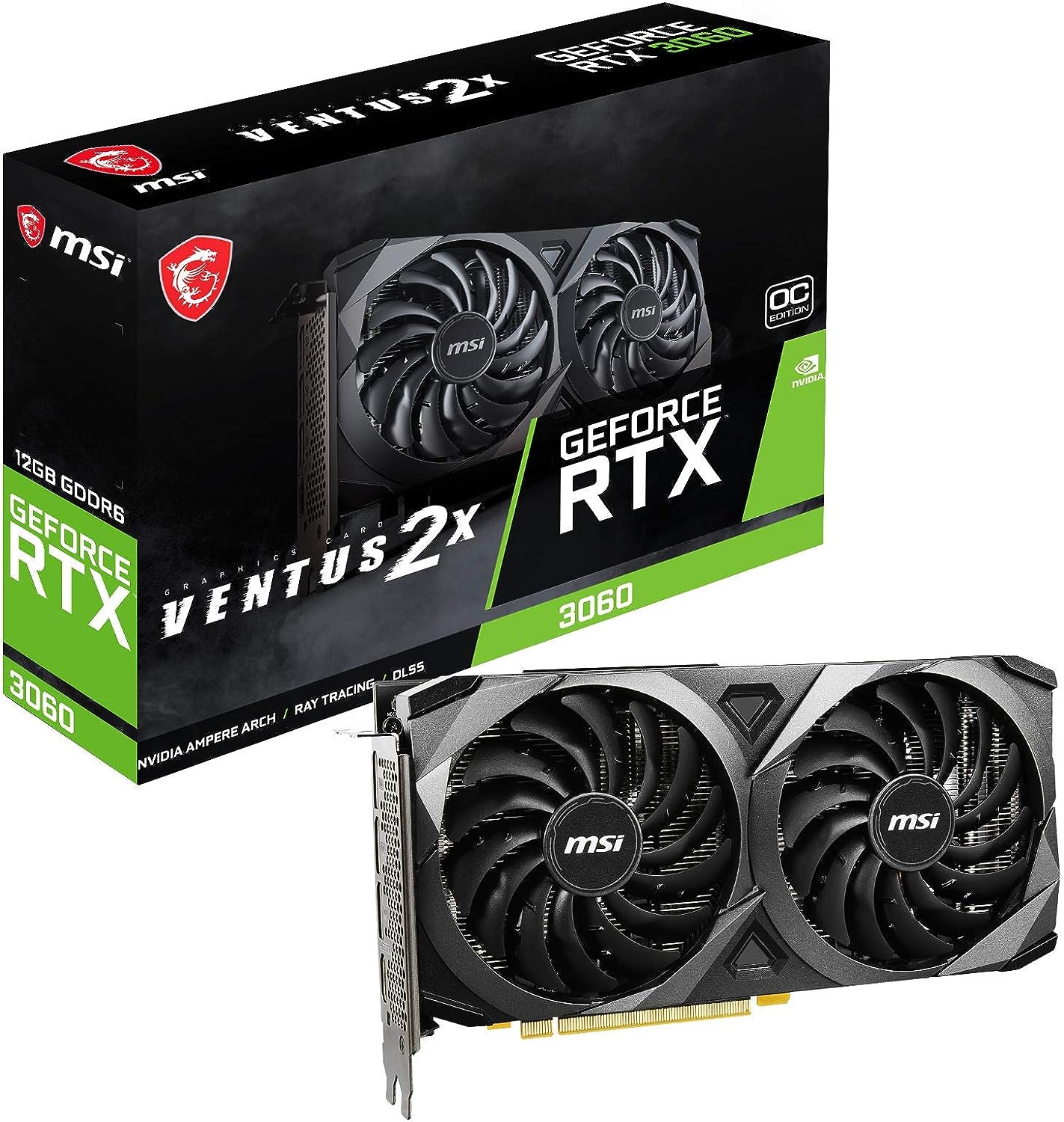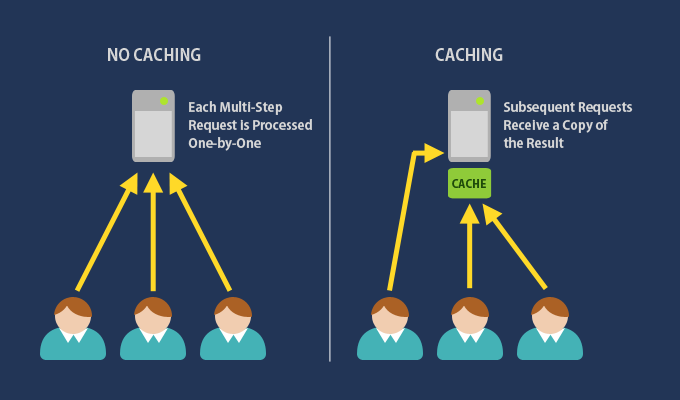
Choosing the right Graphics Processing Unit (GPU) can be a crucial decision, especially if you’re building or upgrading a PC for gaming, video editing, graphic design, or other GPU-intensive tasks. Here are key factors to consider when selecting the right GPU for your needs:
1. Purpose and Use Case
- Gaming: If your primary purpose is gaming, consider the types of games you play. High-end games at 1440p or 4K resolution will need a more powerful GPU (e.g., NVIDIA GeForce RTX 4070+ or AMD Radeon RX 7800+).
- Content Creation: For video editing, 3D rendering, or graphic design, look for a GPU that supports CUDA cores (NVIDIA) or has high compute power. GPUs like the NVIDIA RTX 3080 or AMD Radeon RX 6800 are great for these purposes.
- General Use and Media Consumption: If you need a GPU for everyday tasks and some light gaming, you can opt for a mid-range or entry-level GPU like the NVIDIA GTX 1650 or AMD RX 6500 XT.
2. Budget
- Set a budget that matches your requirements.
- Entry-Level (<£200): Good for basic gaming, office use, or 1080p gaming at lower settings.
- Mid-Range (£200-$500): Capable of handling most modern games at 1080p or 1440p at medium to high settings.
- High-End (£500+): Ideal for 4K gaming, VR, and professional workloads. High-end GPUs offer the best performance and features.
3. Monitor Resolution and Refresh Rate
- 1080p at 60Hz: A mid-range GPU like an NVIDIA GTX 1660 Super or AMD RX 5600 XT is sufficient.
- 1440p or 4K: High-performance GPUs like NVIDIA RTX 3070/3080 or AMD RX 6800/6900 are recommended.
- High Refresh Rates (144Hz or 240Hz): For gaming monitors with high refresh rates, choose a GPU that can output high frame rates, such as an NVIDIA RTX 4070+ or AMD RX 7700 XT.
4. Compatibility
- Power Supply (PSU): Ensure your PSU has enough power output (wattage) and the necessary connectors for your GPU. High-end GPUs can require 600W to 850W or more.
- Physical Size: Check the dimensions of your case and ensure it has enough space for the GPU. Some high-end cards are quite long and may not fit in compact cases.
- Motherboard Slot: Most GPUs use a PCIe x16 slot, and modern GPUs use PCIe 4.0 or 5.0. Make sure your motherboard is compatible with the GPU version, although they are typically backward compatible.
5. VRAM (Video Memory)
- 4GB VRAM: Suitable for 1080p gaming with moderate settings and general tasks.
- 6GB – 8GB VRAM: Good for 1080p to 1440p gaming with high settings and most creative workloads.
- 10GB+ VRAM: Required for 4K gaming, professional 3D rendering, and video editing.
6. Ray Tracing and AI Features
- Ray Tracing: If you want the most realistic lighting and shadow effects in games, look for a GPU that supports ray tracing, such as NVIDIA’s RTX series or AMD’s RX 6000+ series.
- DLSS and FSR: NVIDIA’s DLSS (Deep Learning Super Sampling) and AMD’s FSR (FidelityFX Super Resolution) are technologies that enhance performance and image quality. NVIDIA GPUs with RTX 2000 series and above support DLSS, while AMD offers FSR on RX 6000 series and above.
7. Power Efficiency and Heat Output
- Power Consumption: High-end GPUs require more power and generate more heat. Ensure your power supply can handle the GPU’s power requirements.
- Cooling Solutions: Some GPUs have better cooling solutions, with multiple fans or advanced heat sinks. Ensure your case has proper airflow to maintain adequate cooling for the GPU.
8. Brand and Model
- AMD vs. NVIDIA: Both AMD and NVIDIA offer excellent options, with NVIDIA often leading in ray tracing and power efficiency, while AMD may offer better value for the price, particularly in mid-range GPUs.
- Aftermarket Models: GPU manufacturers like ASUS, MSI, Gigabyte, EVGA, etc., make different versions of the same GPU, with variations in cooling, clock speeds, and features. Choose a model that fits your needs—such as better cooling or overclocking capabilities.
9. Performance Benchmarks
- Check benchmark results on websites like Tom’s Hardware, TechPowerUp, or AnandTech to see how different GPUs perform in real-world applications and games. Benchmarks help you compare performance across different resolutions and settings.
10. Availability and Pricing
- Availability: Due to supply chain issues and market demand, GPU availability can be unpredictable. Check the pricing on multiple platforms like Amazon, Newegg, Best Buy, etc.
- Price-to-Performance Ratio: Aim for a GPU that provides the best performance within your budget. Use benchmark comparisons to determine the price-to-performance value.
11. Future-Proofing
- Consider Your Future Needs: If you plan on upgrading your monitor or need a GPU that will last several years, investing in a more powerful GPU is beneficial.
- VR Ready: If you want to experience Virtual Reality, choose a GPU labeled as VR Ready, such as an NVIDIA RTX 3060 or AMD RX 6700 XT and above.
12. Features and Software Support
- Driver Support: NVIDIA and AMD provide regular driver updates to improve performance and compatibility. NVIDIA GeForce Experience and AMD Adrenalin software also offer features like game optimization and recording.
- Multi-Monitor Support: Ensure the GPU supports your desired number of monitors and has the appropriate ports (e.g., HDMI, DisplayPort).
13. Warranty and Customer Support
- Warranty: GPUs from different manufacturers come with varying warranties, usually ranging from 2 to 3 years. Choose a GPU brand that offers good warranty coverage and support.
- Customer Support: Consider the brand’s reputation for customer service and how easy it is to get support in case of any issues.
Summary
- Purpose: Match your GPU to your needs—gaming, content creation, or general use.
- Budget: Set a budget that suits your requirements, considering that prices fluctuate.
- Compatibility: Ensure the GPU fits your system’s power, size, and motherboard requirements.
- Performance: Use benchmarks to compare GPUs and find the best one for your resolution, frame rate goals, and workloads.
- Future-Proofing: Choose a GPU that will last and handle potential future upgrades, especially if gaming at higher resolutions or using VR.
Considering these factors will help you choose a GPU that fits your specific needs, budget, and performance requirements.







